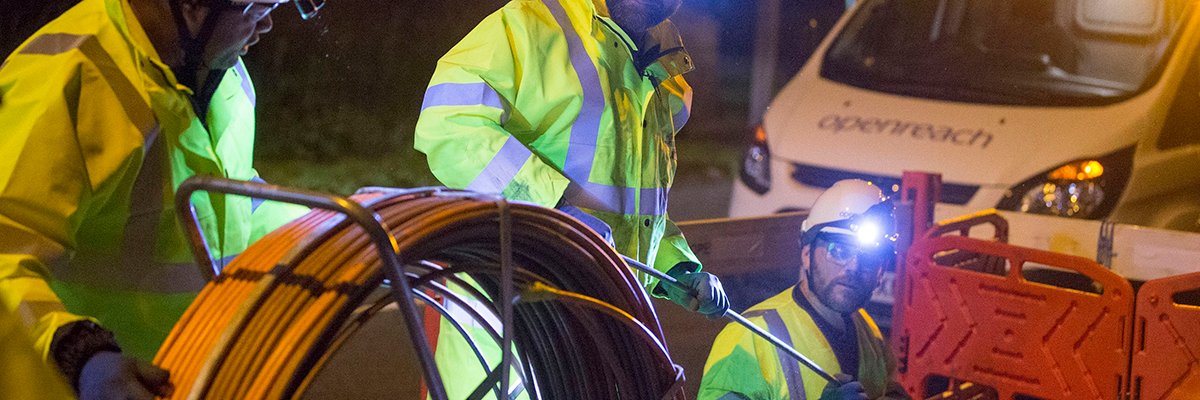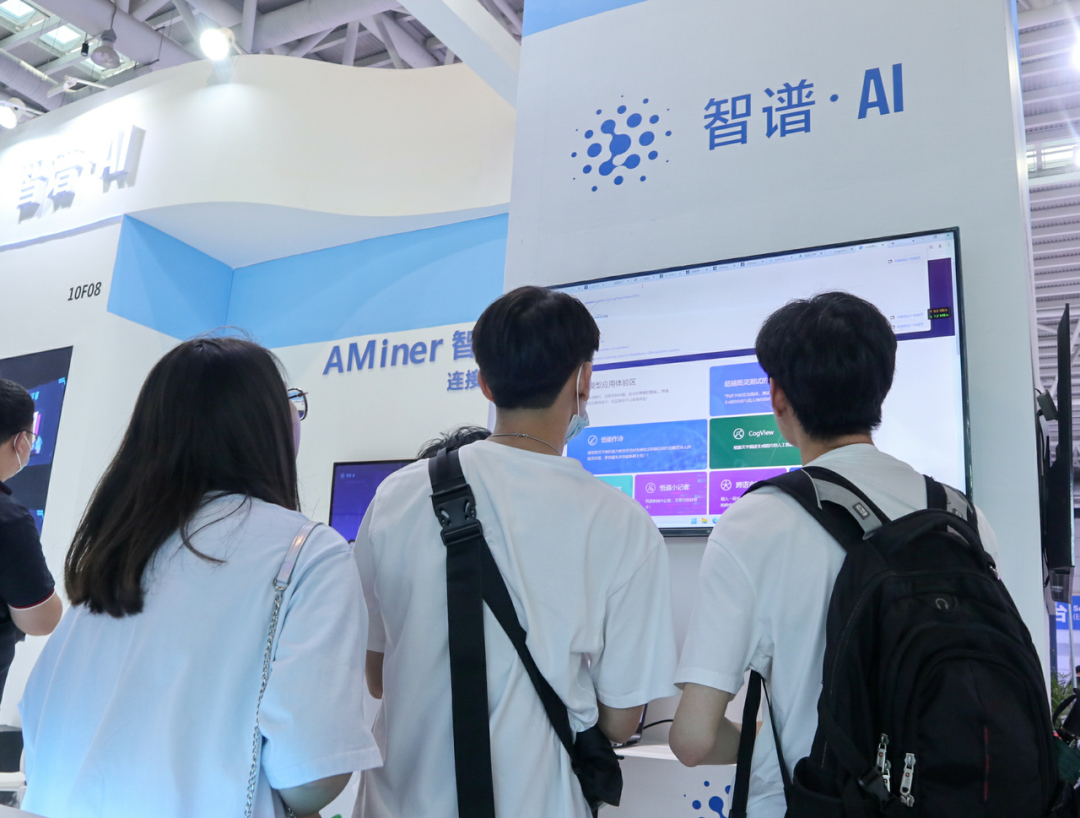In an environment where mission-critical telecommunications and data center infrastructure demands flawless performance, the exceptional contribution to concurrent multiple large-scale FPGA-based products by Ujjwal Singh stands as a testament to technical precision and engineering excellence. As a dedicated Timing Engineer on these high-complexity designs—positioned as high-value infrastructure offerings—Ujjwal Singh established new benchmarks for constraint validation methodology, timing accuracy, and cross-functional collaboration in the semiconductor industry.
The ambitious projects, spanning multiple global teams and overlapping development cycles, presented formidable challenges in timing constraint management. With responsibility for end-to-end ownership of constraint validation, Ujjwal Singh faced the complex task of developing, debugging, and verifying the entire SDC (Synopsys Design Constraints) infrastructure for both designs while maintaining strict quality standards and meeting aggressive timeline targets in parallel.
At the heart of this success story was a methodical approach to constraint validation and timing analysis. Ujjwal Singh implemented rigorous verification methodologies that elevated the standard for timing constraint quality across multiple clock domains, asynchronous boundaries, and complex timing exception scenarios. His comprehensive approach to identifying constraint conflicts, false paths, multi-cycle paths, and CDC (Clock Domain Crossing) mismatches ensured full coverage and accuracy across the entire design—a remarkable achievement in FPGA designs targeted for deployment in mission-critical environments.
The impact of this technical excellence extended far beyond immediate deliverables. Through strategic coordination with synthesis teams during constraint validation runs, Ujjwal Singh proactively identified and resolved timing violations caused by incomplete or incorrect SDCs before they could propagate through the design flow. This preventative approach significantly reduced design iterations and contributed to maintaining project velocity during high-pressure deadlines.
Stakeholder management played a crucial role in the projects’ success. Working in close collaboration with senior and lead engineers, Ujjwal Singh took ownership of time-critical deliverables while maintaining clear communication across RTL, DFT, and physical design teams. His ability to articulate complex timing issues and propose targeted solutions facilitated smooth cross-functional collaboration throughout the development cycle.
The achievement was particularly notable given the parallel execution requirements imposed by overlapping milestone deadlines across concurrent projects. Ujjwal Singh demonstrated exceptional ability to switch contexts efficiently, prioritize issues based on project criticality, and deliver under parallel execution paths without compromising quality or coverage—essential skills in today’s fast-paced semiconductor development environment.
For Ujjwal Singh personally, these projects represented significant career milestones, showcasing his ability to own a high-risk technical task independently within large commercial programs with substantial revenue implications. The experience built a deep technical foundation in STA and constraint modeling that would prove invaluable in his professional progression.
This success story illustrates how technical precision and methodical validation, when combined with effective cross-functional collaboration, can transform the quality of timing constraint management in complex FPGA designs. These telecom and data center infrastructure projects not only contributed to the development of mission-critical hardware but also established new standards for constraint validation methodology in the sector. As the industry continues to demand increasingly complex designs with tighter timing margins, this work serves as a compelling example of how focused engineering excellence can drive exceptional results in high-reliability semiconductor development.
Looking ahead, the implications of this work extend beyond immediate achievements. It demonstrates how effective constraint validation methodologies can eliminate ambiguity from the timing environment, enabling lead engineers to drive convergence confidently while preventing costly issues from propagating to silicon. As the semiconductor industry continues to push boundaries in performance and reliability, these projects stand as models for future complex FPGA implementations, showcasing the powerful combination of technical precision, systemic thinking, and collaborative problem-solving demonstrated by Ujjwal Singh.
The parallel execution of these high-complexity designs required exceptional organizational skills and technical depth. By maintaining quality standards across both projects simultaneously, Ujjwal Singh demonstrated the rare ability to balance multiple priorities without compromising on technical excellence—a skill increasingly valued in today’s complex semiconductor development environment where time-to-market pressures continue to intensify.
Perhaps most significantly, Ujjwal Singh’s work in constraint validation established a foundation of reliability that would propagate throughout the entire design flow and ultimately to the final silicon. In the telecommunications and data center sectors, where equipment reliability directly impacts critical infrastructure, this attention to detail in timing constraints represents a meaningful contribution to system-level quality and performance.
About Ujjwal Singh
A distinguished professional in semiconductor design and timing analysis, Ujjwal Singh has established himself as a specialist in complex FPGA timing constraint development and validation. His comprehensive experience spans mission-critical designs for telecommunications and data center applications, with particular expertise in constraint validation across multiple clock domains and complex timing exception scenarios. Ujjwal Singh’s methodical approach to timing analysis, combined with his ability to collaborate effectively across global engineering teams, has consistently delivered exceptional results in high-pressure development environments. His technical precision in identifying constraint conflicts, false paths, multi-cycle paths, and CDC mismatches ensures design integrity throughout the development flow while maintaining strict quality standards. Most importantly, his work demonstrates how precision, collaboration, and ownership in timing constraint management establish the foundation for reliable, high-performance semiconductor products in mission-critical applications.
This story was distributed as a release by Echospire Media under HackerNoon’s Business Blogging Program. Learn more about the program here.











